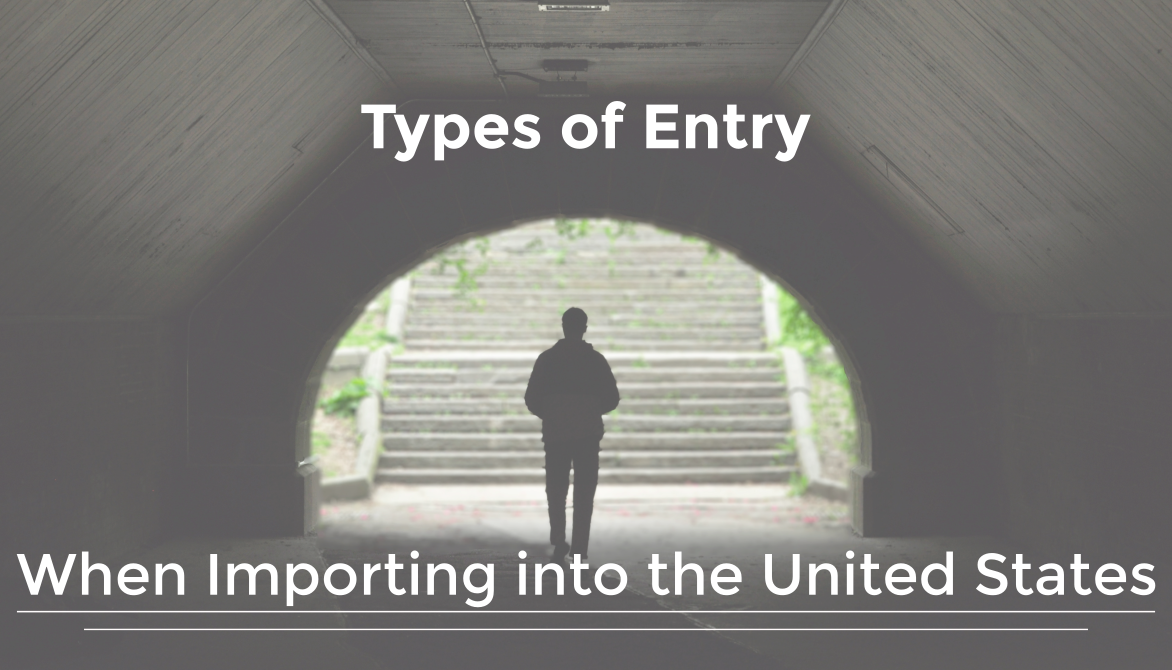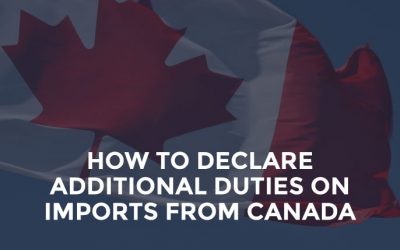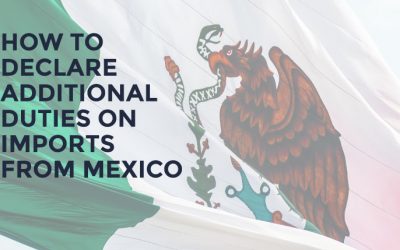There are a variety of ways to enter goods into United States commerce. There are pros and cons for each type of entry. It is important to know all the options that you have.
When importing into the United States, entering goods into commerce is an important milestone. Once a shipment of goods arrives in the United States, importers must declare how a good will be entered. All imports over $2,500 need to be formally entered through Customs and Border Protection and need to be accompanied by a Customs bond. For formal entry of merchandise into the United States, there are a variety of different ways you can declare entry.
- Enter goods for immediate consumption
- Enter goods for bonded warehouse storage
- Transport goods in bond to another port for entry
Entry for Consumption
Entry for consumption is the most common type of entry when importing into the United States. This means that once goods arrive in the United States, they are released to the importer. A massive 95% of imports into the United States are entered for immediate consumption. This statistic includes goods entered for commercial, business, or personal purposes. In most cases, the other 5% of goods will eventually be entered for consumption as well.
Entry for Bonded Warehouse
If the importer wishes to postpone the release of goods when importing into the United States, they may be placed in a CBP bonded warehouse. A bonded warehouse is a CBP building where goods may be stored and manipulated without paying duties. The goods may be kept in the bonded warehouse for up to five years with duties not payable until the goods are withdrawn and entered into the market. Entry for a bonded warehouse can allow importers to save money if they intend on exporting goods to another destination and do not want to pay duties. Another use of a bonded warehouse is in substitution of an importers individual storage facility. Lastly, importers may enter their goods into a bonded warehouse if they lack the funds to pay duties at the time of arrival.
Transportation of Merchandise in Bond
After importing into the United States, in the case that the importer prefers to enter the goods in a different location within the U.S., they will need to be transported to that location. For example, a shipment of goods arrive in a port on the coast of California and is then driven via semi-truck to a port in Texas before being entered into the United States. In this case, the goods must travel in a bonded status by a carrier that accepts it under its bond. Once at the desired port of entry, the normal CBP merchandise entry process will occur.
There are many options to choose from when entering goods into the United States. Entry for consumption, entry for warehouse, and transportation of merchandise in bond all have their pros and cons. It is important to consider logistics and finances when choosing what is right for your company when importing into the United States. After cargo is released from CBP, the next step in the importing process is to file an entry summary and paying estimated duties and fees.





![[Webinar] How Could Changes to De Minimis Impact Your Company?](https://traderiskguaranty.com/trgpeak/wp-content/uploads/2025/05/trg-how-de-minimis-impacts-customs-bond-webinar-400x250.png)

